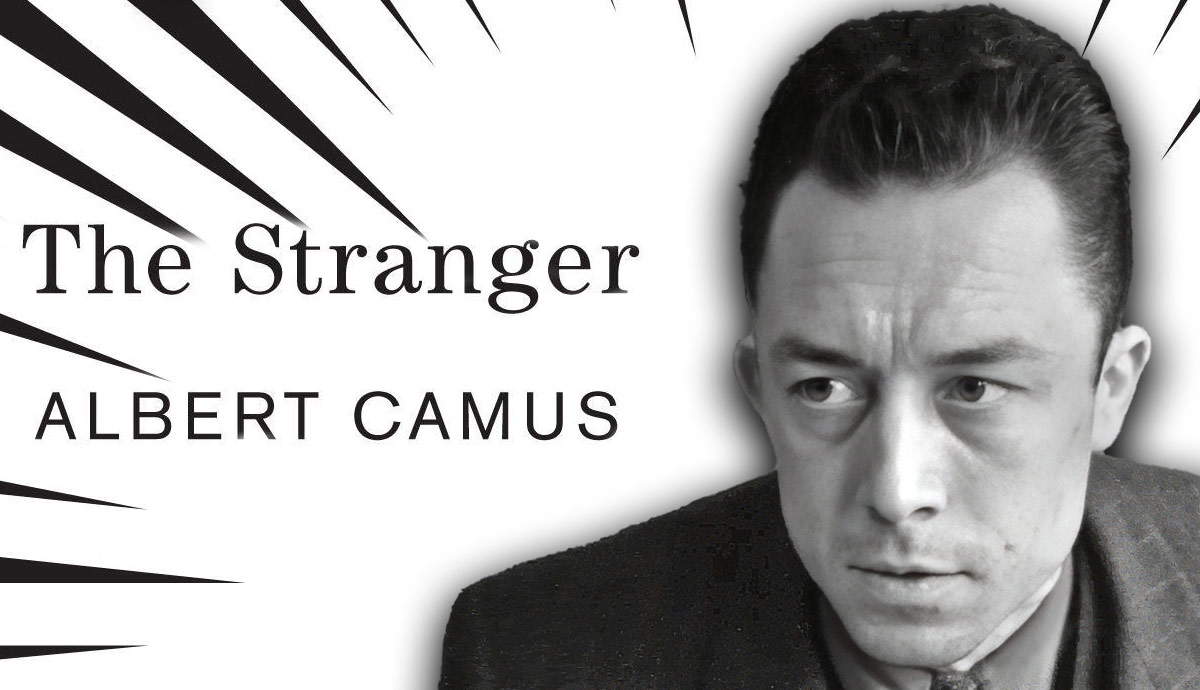
Our current worldview is heavily shaped by physics, which has successfully explained our reality outside of one area—the mental. While most accept our universe as physical, there is also an apparent disagreement in taking our minds to be purely physical. With dualism essentially dead, finding a monistic solution to this has been one of the primary directives of the philosophy of mind. Is idealism a viable solution to this conundrum?
What Is Idealism?

While idealism has been a part of Western philosophy since ancient times and later, in particular, by Berkeley, it was not under the name and shape of idealism. The first conception of this modern idealism originated from Christian Wolff in 1720, who distinguished between monists and dualists and materialists and idealists.
This contemporary classification scheme splits at its core idealism into epistemological and metaphysical idealism. Epistemological idealism believes that all there is, or specifically all we can know, is our experience. Metaphysical idealism can be seen as the mental counterpart to materialism, taking the world to constitute fundamentally of mental substance.
The distinction between these two should be clear: The latter describes the properties of external reality, while the former views that the only reality we can truly know is that of our mind. One is a fundamental conception of the reality of the world, and the other of us. This can be seen as a distinction between realism and anti-realism, whether we know of the existence of an external world or not.
While this distinction is commonplace now, idealism has often been attributed to an anti-realist notion, and it was mainly this that was under attack in the 20th century, which was part of what reduced its popularity as a notion. Yet idealism itself does not take a stance on the world’s reality. Most idealists were previously epistemological, yet now they tend to take the metaphysical view.
Idealism is also primarily framed in the dichotomy with materialism instead of against realism. This is especially the case in the mind-body debate, which tries to understand how to see the relationship between the two and how subjective experience relates to the objective world.
Epistemological Idealism

The debate on the nature of reality and just how much we can know about it has been far-reaching. Epistemological idealism sets the absolute limit in our mind, in which we are conscious of all we can know, as nothing we perceive is a direct interaction with the world. Our mind shapes reality entirely, so we cannot know if it comes from an external world. This means that epistemological idealism is exclusively metaphysically anti-realist.
Though it does not take the solipsistic route of indulging the extra metaphysical step of claiming that there is no existence outside of consciousness, it simply claims that it is unknowable and cannot be seen objectively from the mind. It is the epistemological view of the idealism maxim of the impossibility of a mind-independent reality.
Kant’s transcendental idealism is often matched with this view, yet it adds a metaphysical claim to its epistemological basis, claiming that there is, in fact, a real world. However, we only experience it through the phenomenal world, which is how it appears to us—not how it is—the mind-independent reality, the noumena, the world of the thing in itself. This is a sort of epistemological idealism with the addition of metaphysical realism—which goes against the claim of the former.
Kant’s definition, similar to those of Berkeley, Schelling, and Hegel with subjective-objective and absolute idealism, tends to be similar to modern conceptions of idealism yet make extra assumptions, so these definitions can largely be archived for a more generalized classification of idealism.
Problems of Epistemological Idealism

Epistemological idealism straddles a line between unintuitive and intuitive; the fact that all we can know comes from our senses and experiences is intuitive. Yet the fact that the consistency of mental correspondence of events of others does not add anything to establishing a shared reality is less so.
Of course, skepticism can be dialed up to the level of the evil genius and matrix arguments, which, while conceivable, lack any explanatory power as they have no limitations. They can instead transcend all the constraints of our world and so can operate on different physical laws or, why not, magic. This makes epistemological idealism take on largely the same unattractiveness as solipsism does. It would also make it impossible to justify current assumptions of the world, as there is absolutely nothing that safeguards them.
Even without absurd skepticism, the explanatory power is low to zero unless we assume we can influence our minds. It cannot explain why anything is the way it is or why we experience errors and illusions. It makes little sense to take on a worldview that adds complexity to reality by adding an extra layer of constructing reality instead of just interacting and perceiving reality for no gain in explanation.
Metaphysical Idealism

The metaphysical view is that reality operates on mental states, not physical ones—in other words, the universe is fundamentally mental. This is the realist view of idealism, taking reality to be mind-dependent in the sense that mental states constitute it. These can operate on different levels of instantiation.
Using Chalmers’ classification scheme, one can categorize metaphysical idealism based on the level mental states are instantiated.
On the cosmic level, mental states are attributed to the universe itself, which constitutes consciousness or a form of cosmic mind. Alternatively, a cosmic entity like a god could be the locus of mental states. On the micro level, mental states are instantiated at the level of fundamental particles, such as electrons or quarks. Lastly, on the macro level, mental states instantiate specifically in complex systems like animals.
A simple way of understanding metaphysical idealism is as the mental correspondence of physicalism—one that can be weakly or strongly monist in the same way. It could easily be instituted as a replacement for our current physicalism with little change to science philosophy, as it is compatible with naturalism. However, idealism brings its own problems to the table.
Metaphysical idealism stance-taking is typically associated with a belief in monism but a distaste for the monistic solutions to the mind-body problem in physicalism. This view can also be contrasted with panpsychism, another attempted solution to this problem—which takes everything to have some mental property. This lets it operate under both idealistic and materialistic frameworks.
Problems With Metaphysical Idealism

We can separate the problems of metaphysical idealism into three different levels of instantiation of the mental.
Microidealism runs into trouble defining the fundamental micro-entities, especially if we cannot define the smallest entities constituting our world, as dreamed by string theory. Without this, it may become completely arbitrary as to what micro-entities we assign mental states. Yet, its biggest challenge comes from the combinatorial problem: how do micro experiences constitute macro experiences? How do mental properties in quarks constitute experience in humans? So far, there is no satisfactory answer to this.
Cosmic idealism suffers from the opposite problem: how does the cosmic mentality constitute the mental states of smaller entities? The mind of the cosmic entity does not appear relatable to our experience, both in how it’s structured and what is experienced, similar to the difference between a quark and a macro-entity.
The macro-entity version has trouble explaining what is not currently perceived, like the rocks on the other side of the moon. Are they possible experiences? Or experiences by something greater? Why would an experience exist without any experiencer? An argument made famous by the different versions of the idiom, “If a tree falls in the forest, and no one experienced it, did it make a sound?”
Accounting for all possible experiences would lead it to branch into infinitudes and, therefore, lack any sort of explanatory power. Adding a cosmic entity just brings us back to the problems of that version. If we deny the currently non-perceived, then we deny the reality of the external world.
Idealistic views can fix many of their problems by adopting a weaker monistic stance, similar to what physicalism has done. However, this opens itself up to the same attacks non-reductive physicalism suffers from, making it not an attractive solution.
Versus Physicalism and the Mind-Body Problem

Considering metaphysical idealism is a position often put in direct opposition to physicalism, it is important to specify how well it fares tackling physicalism’s “Moby Dicks,” the different problems of mind-physical or mind-reality dichotomy. Outside of straight-up eliminating the mental, breaking its causality, or overdetermining cause and effect with both mental and physical, there are no satisfactory solutions for monistic physicalism.
Idealism solves the mind-body problem by dismissing the body, just like eliminative materialism eliminates the mind. It also solves the hard problem of consciousness, why qualia exist at all. It similarly solves intentional states, as everything is mental, so special mental properties pose no problem. The question might then be to explain why certain people have intentionality and qualia, and others don’t.
More problematic is the explanatory gap, which is how we can explain subjective properties physically (or objectively). This is turned on its head for idealism as the creation gap—how does subjective experience give rise to an objective world and all its regularities?
The root of the gap lies in the inherent nature of the differences between first-person experience and third-person corroborative data, a difference we don’t understand. The gap is still a gap, whichever side we stand on.
Similarly, it is just as ill-equipped to explain the distinction between the conscious and unconscious as physicalism is, yet this might be an even stronger blow to idealism.
In many ways, eliminating the physical is just as unintuitive as eliminating the mental.
Physicalism or Idealism

While metaphysical idealism solves some of the seemingly impossible problems or uglinesses of physicalism, it is itself open to those of its own. It also does not solve the core of the mind-body problem. Whether one prefers physicalism or idealism may rest upon which potentially unsolvable problems one is willing to tank.
A majority is still willing to accept physicalism’s unintuitive baggage, yet it isn’t certain that this will continue.
Bibliography
Chalmers, D. 2019. Idealism and the Mind-Body Problem. In William Seager (ed.). 2019. The Routledge Handbook of Panpsychism. Routledge. pp. 353-373.
Papineau, D. (2009). The Causal Closure of the Physical and Naturalism. In A. Beckermann, B. P. McLaughlin, & S. Walter (Eds.), The Oxford Handbook of Philosophy of Mind (p. 0). Oxford University Press. https://doi.org/10.1093/oxfordhb/9780199262618.003.0003










